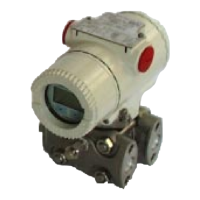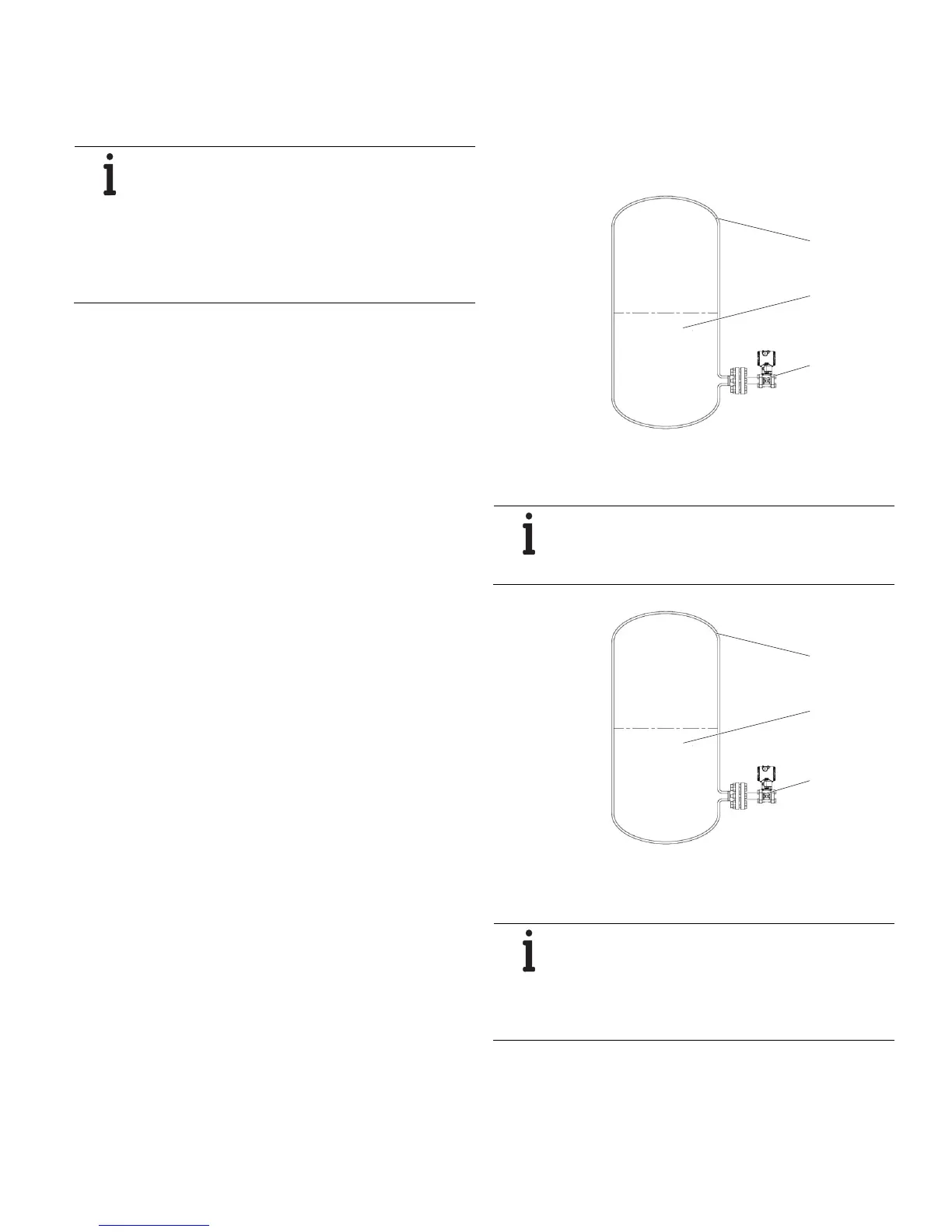266CRx, 266JRx, 266CSx, 266JSx | OI/266CXX/266JXX/HART-EN Rev. B 69
13.3 Applications for Ex ia transmitters categories 1/2 G
and 1/2 D
ATEX II 1/2 G Ex ia IIC T4/T5/T6 and II 1/2 D Ex iaD 21 T85°C.
FM approval FM09ATEX0069X
IMPORTANT (NOTICE)
This ATEX category is determined by both the
application and the intrinsic safety level of the
transmitter power supply unit (associated
apparatus) which can sometimes be [ib] instead
of [ia]. The intrinsic safety level of a system is
determined by the device with the lowest level of
intrinsic safety.
The meaning of the ATEX code is as follows:
II: Equipment group for hazardous areas above
ground (not mines)
1/2: Category - This means that the transmitter is suited
for use in the partition for Category 1 (e.g. sensor
in Category 1 / transmitter in Category 2) is suited -
see example of application.
G: Gas (dangerous media)
D: Dust (dangerous media)
T85°C: Maximum surface temperature of transmitter
housing with an ambient temperature Ta of -50°C
to 40 °C for dust (not for gas) with a dust layer up
to 50 mm thick.
T135°C: As above, but for dust with a Ta of 85 °C
The rest of the tag relates to the type of protection according
to the relevant EN standards:
Ex ia: Type of protection "Intrinsic Safety", level of
protection "a"
IIC: Explosion group gases
T4: Temperature class of the transmitter (corresponds
to a maximum surface temperature of 135 ) with a
Ta from -50 °C to 85
T5: Temperature class of the transmitter (corresponds
to a maximum surface temperature of 100 °C) with
a Ta from -50 °C to 40 °C
T6: Temperature class of the transmitter (corresponds
to a maximum surface temperature of 85 °C) with a
Ta from -50 °C to 40 °C
About the example applications:
Only the "measuring cell" of this transmitter can be connected
in Zone 0 (gas); while the remaining parts of the transmitter,
i.e., its housing, can only be used in Zone 1 (gas) - see figure.
The reason for this is that the measuring cell of the transmitter
has internal partitioning elements in accordance with
EN 60079-26 and EN 60079-1 which separate the power tap
from the area of the process in which the atmosphere is
potentially explosive at all times.
Where applications in areas with combusti
ble dusts are
concerned, the transmitter is suitable for "Zone 21" in
accordance with EN 61241-0 and EN 61241-11 as shown in
the corresponding section of the example applications.
13.3.1 Example applications
M10767
Zone „0"
Zone „1"
1
2
3
Fig. 45: Application with gas
1 Container | 2 Dangerous medium (process) |
3 266TX transmitter, category 1/2 G, Ex ia
IMPORTANT (NOTICE)
The transmitter can be connected to a power
supply unit (associated device) with [ib] or [ia]
type of protection.
M10768
Zone „20"
Zone „21"
1
2
3
Fig. 46: Application with dust
1 Container | 2 Dangerous medium (process) |
3 266TX transmitter, category 1/2 D, Ex ia
IMPORTANT (NOTICE)
Protection is afforded primarily by the IP degree
of protection; the low level of power consumed
from the power supply unit is also a contributing
factor. The type of protection can be either [ia] or
[ib].

